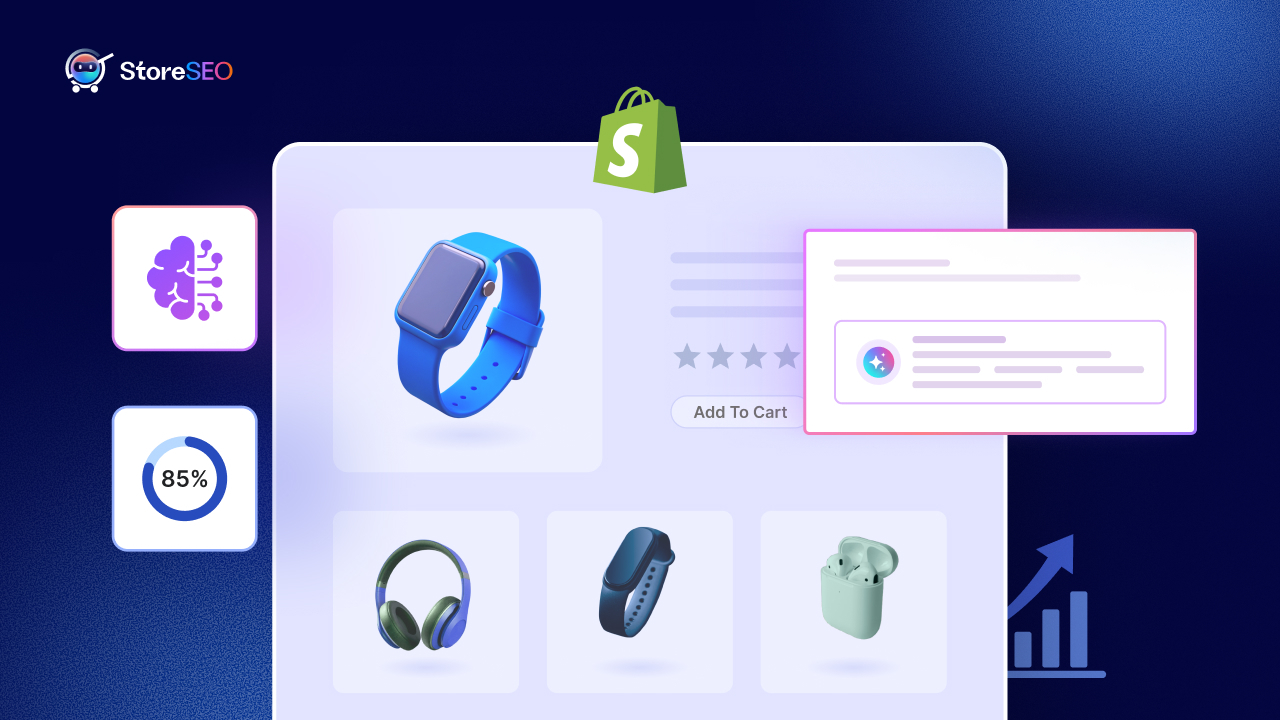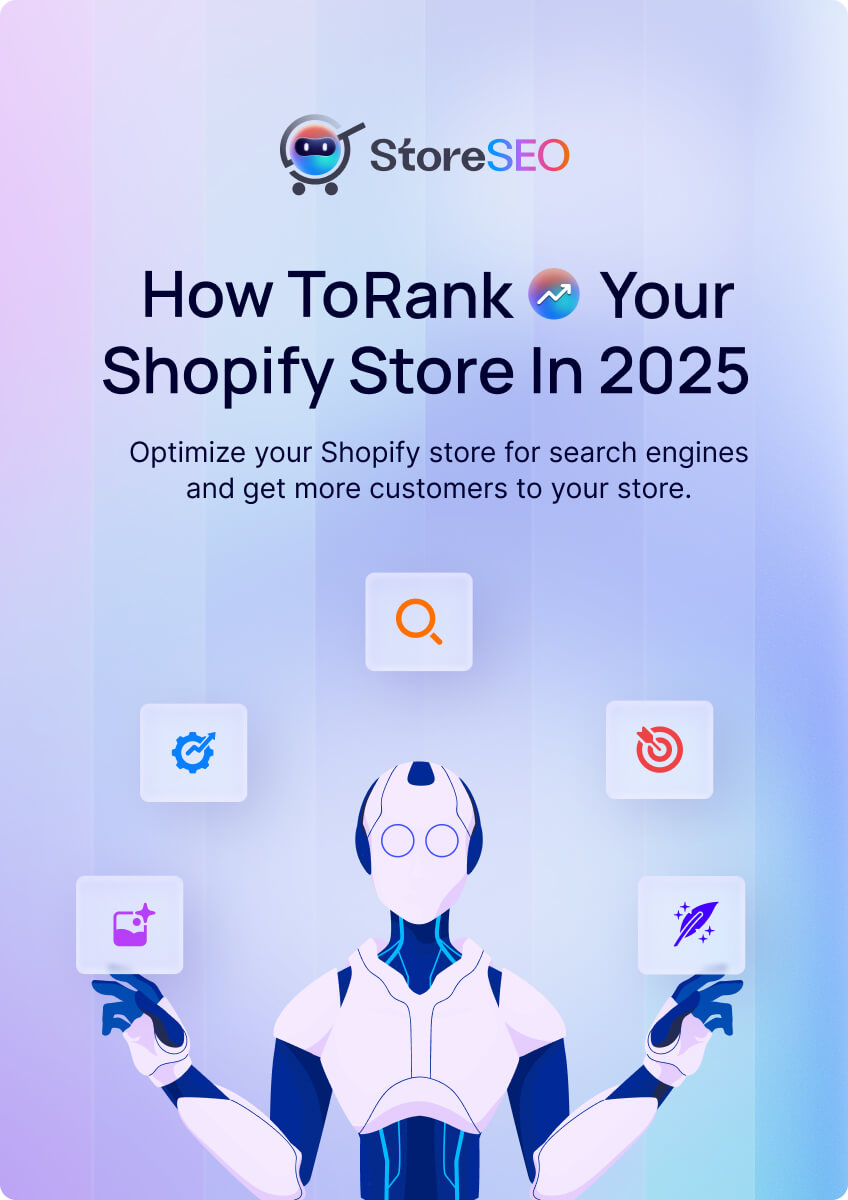If you have been working on getting your website or content noticed online, you have probably heard about keywords. For a long time, stuffing your articles or web pages with specific words was the go-to way to rank high on search engines like Google. But things are changing, and they are changing fast. Today, it is not just about keywords anymore. It is about something bigger: user intent. Let us dive into what this shift means and how you can adapt to it in a simple, practical way.

What Is This Shift from Keyword Focus to User Intent Optimization About?
In the past, search engine optimization (SEO) was like a game of matching words. You figured out what keywords people typed into Google, sprinkled those words across your content, and hoped for the best. If you got it right, your page would pop up at the top of the search results. But search engines have gotten smarter. They are not just looking at words anymore. They want to understand why someone is searching for something.
This is where user intent comes in. User intent is all about figuring out what a person wants when they type something into a search bar. Are they looking to buy something? Are they trying to learn how to do something? Or maybe they just want quick information, like the weather or a movie showtime. Search engines like Google now prioritize content that matches the intent behind the search, not just the words.
For example, if someone searches for “best running shoes,” they are probably not looking for a history lesson on sneakers. They want recommendations, reviews, or a place to buy. If your content does not deliver that, you are missing the mark, no matter how many times you use the phrase “best running shoes.”
Why Is User Intent Optimization So Important Now?
User intent optimization is important now because search engines prioritize content that directly satisfies what users are looking for, making it the key to higher rankings, engagement, and conversions. Without matching user intent, even well-optimized content will struggle to rank in today’s AI-driven, user-focused search landscape.

To do that, they use advanced technology, like artificial intelligence, to understand searches better. Google, for instance, has algorithms that analyze not just the words in a search but also the context, the user’s location, their search history, and even how they phrase their query. This helps them figure out what the user really wants.
On top of that, the way people search is changing. More folks are using voice search, like asking Siri or Alexa, “What is the best way to clean a coffee maker?” These searches are longer and more conversational, which means keywords alone do not cut it anymore. You need to focus on the question or need behind the search.
How to Adapt to User Intent Optimization
So, how do you keep up with this shift? It is not as complicated as it sounds. Here are some practical steps to help you focus on user intent and create content that search engines and people will love.
1. Get to Know Your Audience
The first step is understanding who your audience is and what they want. Think about the problems they are trying to solve or the questions they have.
For example, if you run a baking blog, your readers might want to know things like “How do I make a cake without eggs?” or “What are the best tools for decorating cupcakes?”
To figure this out, you can:
- Check the comments or questions people leave on your website or social media.
- Look at forums like Reddit or Quora to see what topics come up in your niche.
- Use tools like Google’s “People Also Ask” section or Answer the Public to find common questions related to your topic.
Once you know what your audience is searching for, you can create content that directly answers their needs.
2. Focus on Questions, Not Just Keywords
Instead of obsessing over specific keywords, think about the questions your audience is asking. For example, instead of targeting “healthy snacks,” aim to answer something like “What are healthy snacks I can make in five minutes?” This shifts your focus to solving a specific problem.
Here is how you can do it:
- Write content that directly answers a question or solves a problem. Use clear headings like “How to…” or “Why Does…”
- Include related questions in your content. For example, if you are writing about healthy snacks, you might also cover “Are granola bars actually healthy?” or “What snacks are good for kids?”
- Use tools like Google Keyword Planner or StoreSEO to find long-tail keywords. These are longer phrases, like “how to make a budget for beginners,” that often match user intent better than short keywords.
3. Create Content That Feels Natural
Since more people are searching with conversational phrases (especially with voice search), your content should sound like a real person talking. Avoid stuffing your writing with keywords that make it sound robotic. Instead, write like you are explaining something to a friend.
For example, instead of writing, “Best running shoes 2023 top quality affordable,” try something like, “Hey, looking for running shoes that won’t break the bank? Here are my top picks for 2023 that are comfy and durable.” This feels more human and matches how people actually search.
4. Organize Your Content for Clarity
Search engines love content that is easy to read and well-organized. But more importantly, so do your readers. If someone lands on your page and cannot quickly find the answer they need, they will bounce right off.
Here are some tips to make your content user-friendly:
- Use clear headings and subheadings to break up your text.
- Write short paragraphs (two to three sentences) to make it easy to scan.
- Include bullet points or numbered lists for steps or tips.
- Add a table of contents for longer articles so readers can jump to the section they need.
5. Match the Type of Intent
Not all searches are the same. There are four main types of user intent, and your content should match the one your audience is using:
- Informational: The user wants to learn something (e.g., “How does a dishwasher work?”). Create guides, tutorials, or blog posts that explain things clearly.
- Navigational: The user is looking for a specific website or page (e.g., “YouTube login”). Make sure your site is easy to navigate and has clear links.
- Commercial Investigation: The user is researching before buying (e.g., “best laptops for students”). Write reviews, comparisons, or listicles with pros and cons.
- Transactional: The user wants to buy something (e.g., “buy iPhone 14 online”). Optimize product pages with clear calls to action, like “Add to Cart” or “Shop Now.”
When you create content, ask yourself, “What is the user trying to do?” Then tailor your page to fit that goal.
6. Use Tools to Stay Ahead
There are plenty of tools to help you understand user intent and optimize your content. Here are a few to try:
- Google Search Console: See what searches are bringing people to your site and which pages are performing well.
- SEMrush or Ahrefs: These tools show you what questions or phrases people are searching for in your niche.
- Google Trends: Find out what topics are popular and how search behavior is changing.
These tools can give you a clear picture of what your audience cares about and help you stay on top of trends.
7. Keep Testing And Improving
SEO is not a one-and-done thing. User intent can change over time, and so can search engine algorithms. Keep an eye on how your content is performing. Are people staying on your page, or are they leaving quickly? Are you ranking for the right searches?
Use analytics tools to track your performance and tweak your content as needed. For example, if a blog post is not getting much traffic, try updating it with more specific answers to common questions or adding a video to explain things visually.
A Quick Example to Tie It All Together
Let us say you run a website about home gardening. In the old days, you might have written a post stuffed with the keyword “tomato plants.” Now, you would focus on user intent. You might create a post called “How to Grow Tomato Plants in Small Spaces” and include sections like:
- Why tomato plants are great for small gardens.
- Step-by-step instructions for growing tomatoes in pots.
- Common problems (like pests) and how to fix them.
- A quick list of the best tomato varieties for beginners.
This kind of content answers specific questions, feels conversational, and matches what people are actually searching for.
Create & Optimize Content that Connects with Your Audience
The shift from keywords to user intent is all about putting people first. Search engines want to deliver answers that make users happy, so your job is to create content that solves problems, answers questions, and feels human. By understanding your audience, focusing on their questions, and organizing your content clearly, you can stay ahead of the game.
It might take a little extra effort to rethink your approach, but it is worth it. When you focus on user intent, you are not just pleasing search engines; you are building trust with your audience. And that is what keeps people coming back.
If you have found this blog useful, then please subscribe to our blogs to stay updated with the latest Shopify trends and news!









